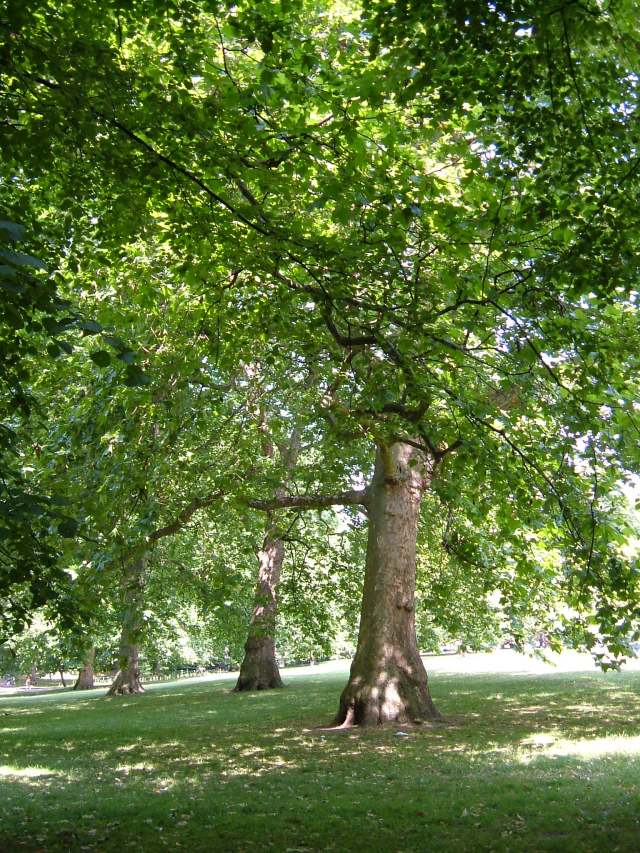In the 1100s Henry II granted a charter to the Sisters in charge of the Hospital of St James for leprosy sufferers, in the parish of St Margaret’s, Westminster. (Fascinating Gresham Lecture on Medieaval Hospitals here.) The Hospital may have dated from much earlier, and was a somewhat curious establishment which was demolished in 1530 for the building of the palace commissioned by Henry VIII.
<St James’s Palace lies in the corner of the L formed by Pall Mall and St James’s Street. The Palace was laid out around four courtyards, and St James’s Park and Green Park were lands attached to the Palace and enclosed by the King for hunting.


St James’s Palace is the official Royal Palace, used for official functions and not open to the public. Ambassadors to the UK are still accredited to ‘The Court of St James’. What can readily be seen is Friary Court, the original gatehouse, and the view down Cleveland Row. The Queen’s Chapel is separated from the Palace by Marlborough Road and this is open to the public for services, as is the Chapel Royal in the Palace.



The Queen’s Chapel was designed by Inigo Jones and built in 1623, externally to the Palace, as a Roman Catholic Chapel. The photograph of the interior was commissioned by Queen Alexandra in 1895.


The Chapel Royal was originally a body of priests and singers who served the needs of the sovereign. Over time the term became associated with physical buildings used by the sovereigns.


Clarence House, within the Palace, was built between 1825-27 and designed by John Nash, and is now a home to members of the Royal Family. Lancaster House, previously known as York House and Stafford House, is a listed building used for government functions.




St James’s Park lay to one side of the Palace (this post), and Green Park is to the west.

Green Park used to include a number of buildings, all gone now; today it is a green refuge in the centre of London.





At the top end of Green Park is Hyde Park Corner, a quiet spot on this Sunday morning because of the 10k charity run in central London. It is the setting for Wellington Arch and further war memorials.





And keeping watch, the Duke of Wellington..

Philip Arlington
That’s Wellington Arch, which has never moved. Marble Arch is at the other end of Park Lane.
Candy Blackham
You are absolutely correct – thank you for putting me straight, and I have changed the text accordingly
Bradshaw’s Hand Book, The West, District III, between St James’s Street & Green Park (no.23) | London Life with Bradshaw's Hand Book
[…] later passed into government control, and part of St James’s Palace. (I mentioned it in a previous post.) ‘..Queen Victoria is said to have remarked to the Duchess of Sutherland on arriving at […]